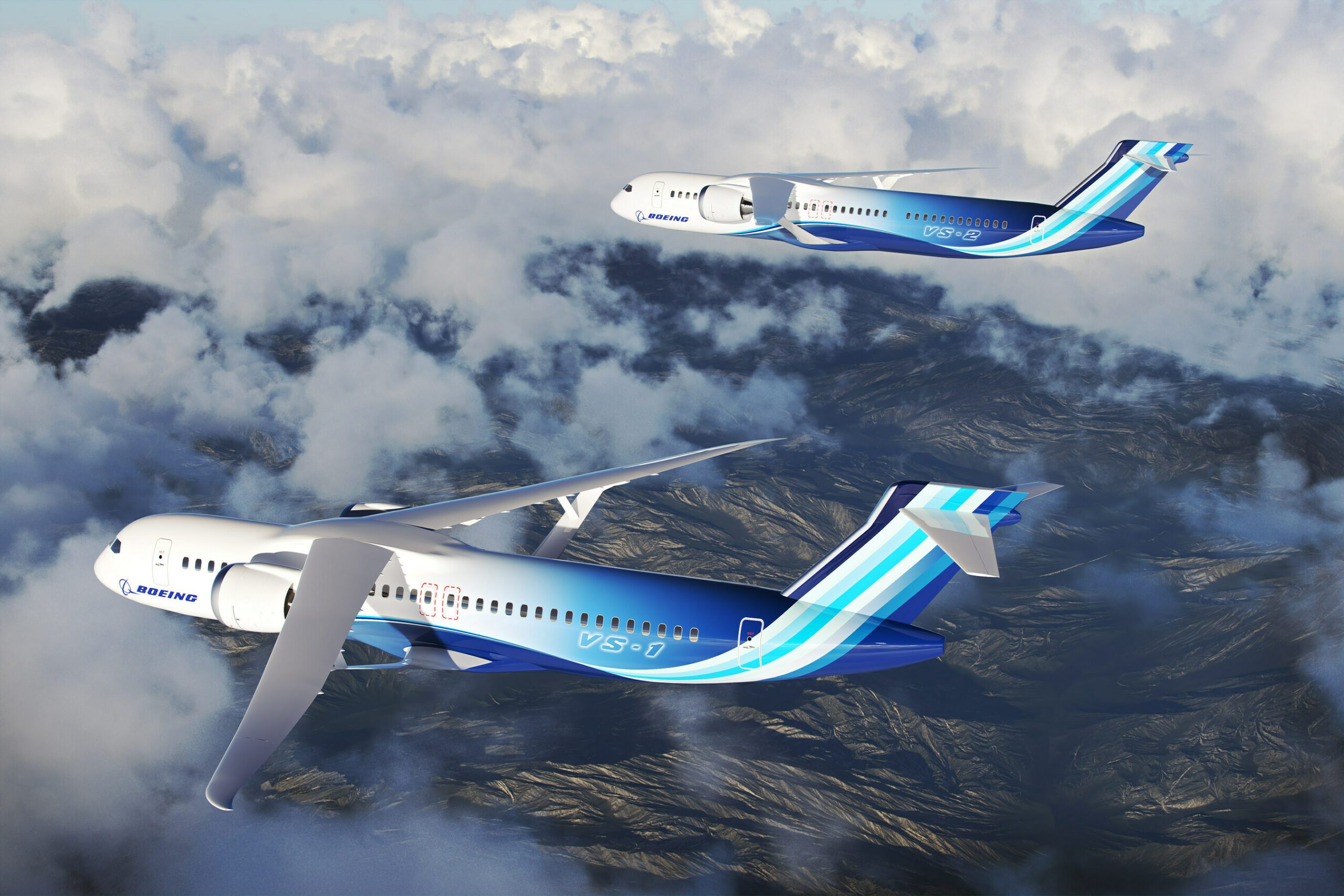
SFD rendering scaled
Boeing has been awarded a contract by NASA to develop and build a demonstrator aircraft for the Transonic Truss-Braced Wing (TTBW) concept. The X-plane demonstrator should be ready for flight tests in 2028 and could pave the way for a new aircraft concept. Boeing gets NASA funding to build TTBW demonstrator.
NASA administrator Bill Nelson and Boeing’s Greg Hyslop, chief engineer and executive vice president of Engineering, Test & Technology, announced the news on Wednesday during a media conference.
The TTBW demonstrator is part of NASA’s Sustainable Flight Demonstrator (SFD) program. Over a seven-year period, NASA will invest $425 million in the program and Boeing and its partners will contribute another $725 million. NASA’s facilities and expertise are at the disposal of Boeing engineers.
The Transonic Truss-Braced Wing has a long history within NASA and Boeing. The concept has been part of various technology programs in the past decade including NASA’s Subsonic Ultra Green Aircraft Research program and the Advanced Air Vehicle Program and Boeing’s SUGAR and Future Small Aircraft projects. In 2019, the agency and airframer conduct high and low-speed wind tunnel tests. In 2021, NASA included the TTBW project FY22 budget, with the plan of having a demonstrator ready in FY26. This has now slipped by a few years.
A slide from a 2021 Boeing presentation outlines the potential ingredients of a TTBW X-plane demonstrator. (Boeing)
Very efficient wing
The concept of the Transonic Truss-Braced Wing is based on a single-aisle aircraft with extra-long, thin wings that are stabilized by diagonal struts. Making the wings so long and thin gives them a high aspect ratio, which results in the aircraft having less drag and makes it much more fuel efficient than a traditional airliner. The wind tunnel test that fuel burn could be reduced by some nine percent. Together with more efficient propulsion systems, materials, and systems architecture, NASA thinks that a new aircraft concept could be thirty percent more efficient than a current design airliner.
NASA Administrator Bill Nelson shows a model of an aircraft with TTBW. (NASA/Joel Kowsky)
NASA associate administrator for the Aeronautics Research Mission Directorate, Bob Pearce, says in a media statement: “The Transonic Truss-Braced Wing is the kind of transformative concept and investment we will need to meet those challenges and, critically, the technologies demonstrated in this project have a clear and viable path to informing the next generation of single-aisle aircraft, benefiting everyone that uses the air transportation system.”
Administrator Bill Nelson adds: “It’s our goal that NASA’s partnership with Boeing to produce and test a full-scale demonstrator will help lead to future commercial airliners that are more fuel efficient, with benefits to the environment, the commercial aviation industry, and to passengers worldwide. If we are successful, we may see these technologies in planes that the public takes to the skies in the 2030s.”
Greg Hyslop said that the SFD program “represents an opportunity to design, build and fly a full-scale experimental plane, while solving novel technical problems.” Given the long and keen interest of Boeing in the TTBW concept, don’t be surprised that it will eventually be seen on a single-aisle successor to the Boeing 737 family. Boeing released a rendering of the concept with two different aircraft versions (main picture), based on how the idea has evolved over the years until now.
Views: 32





